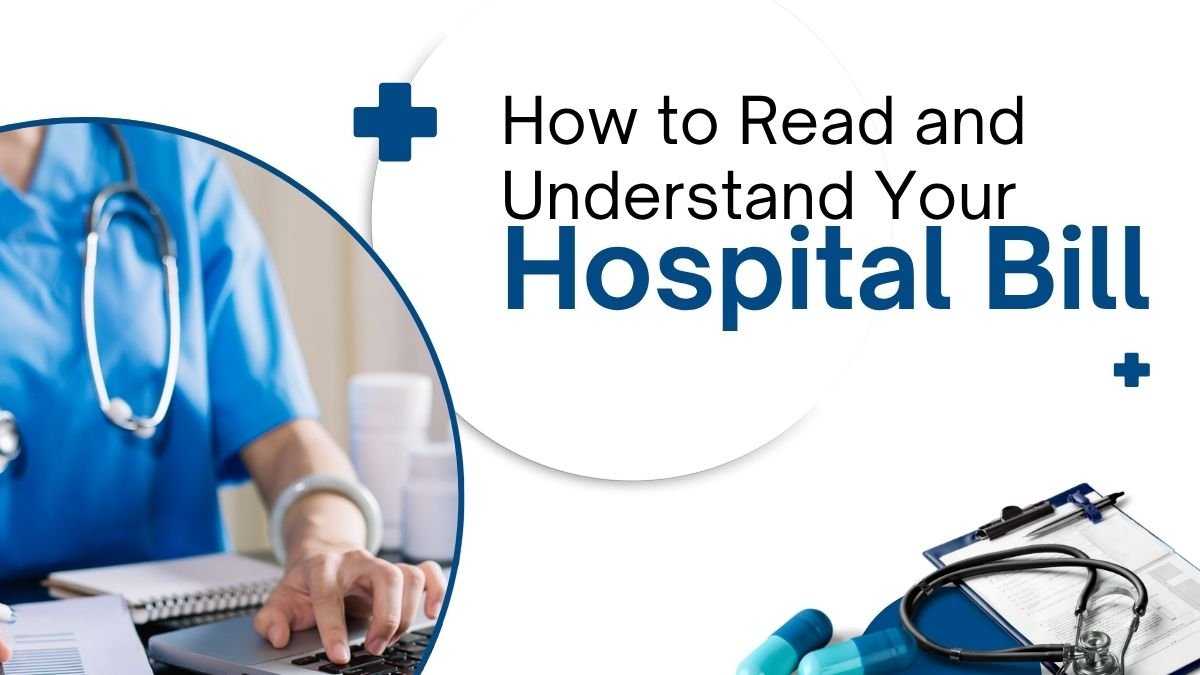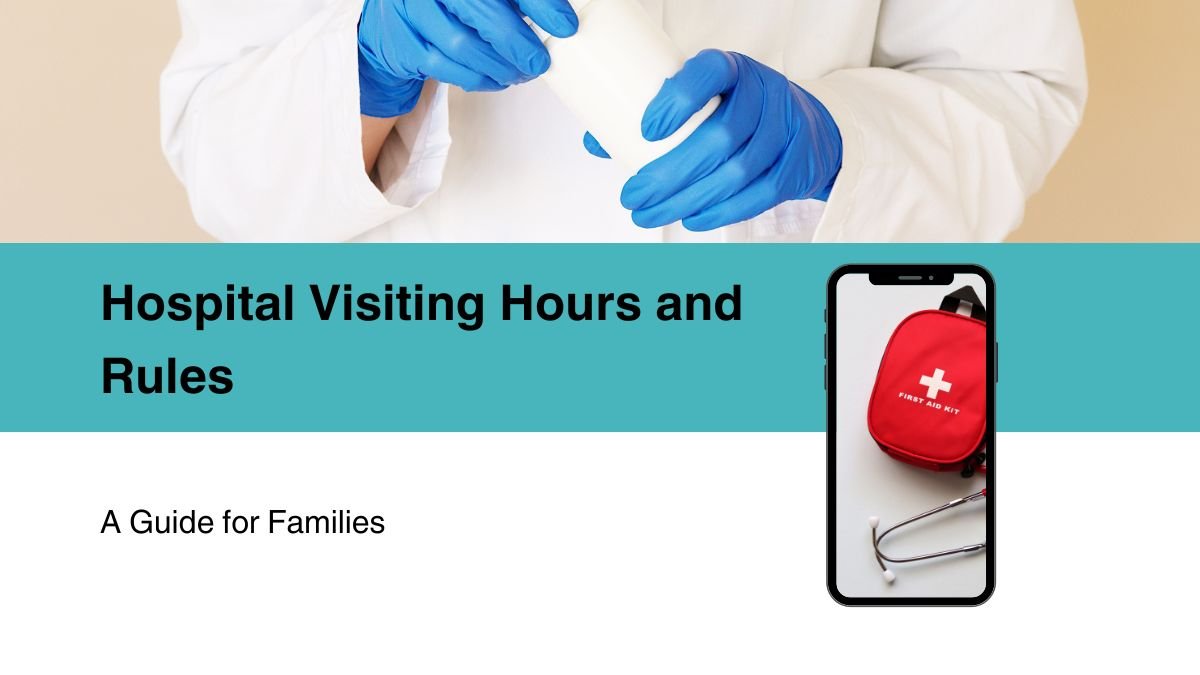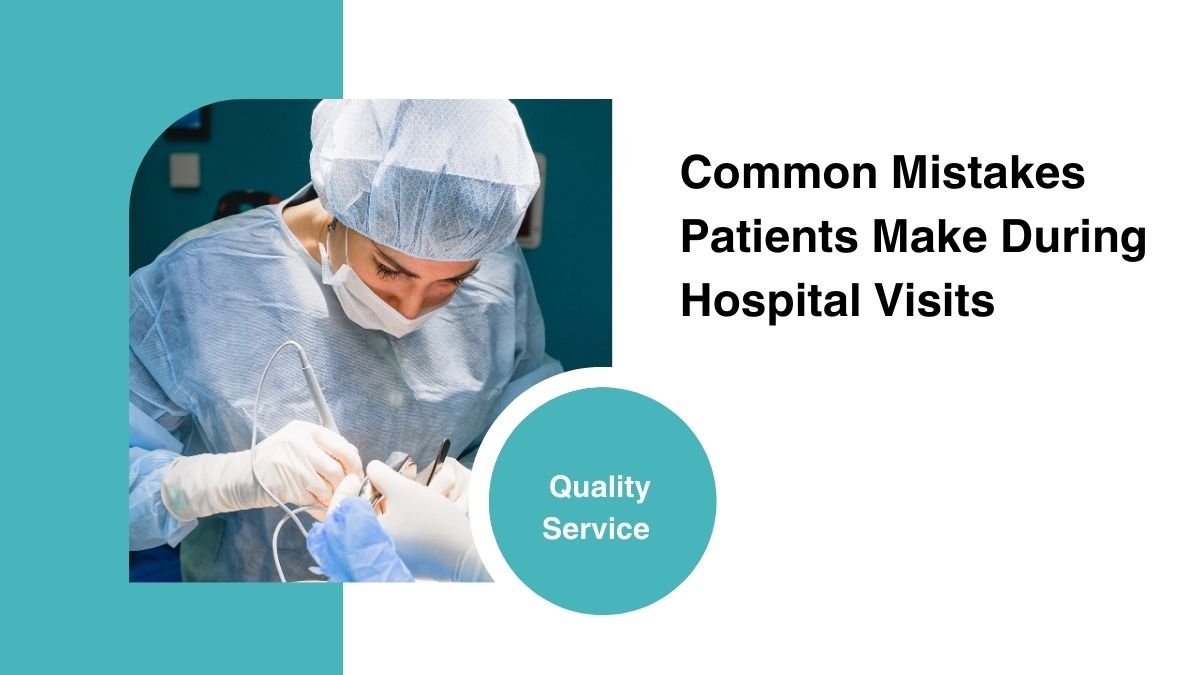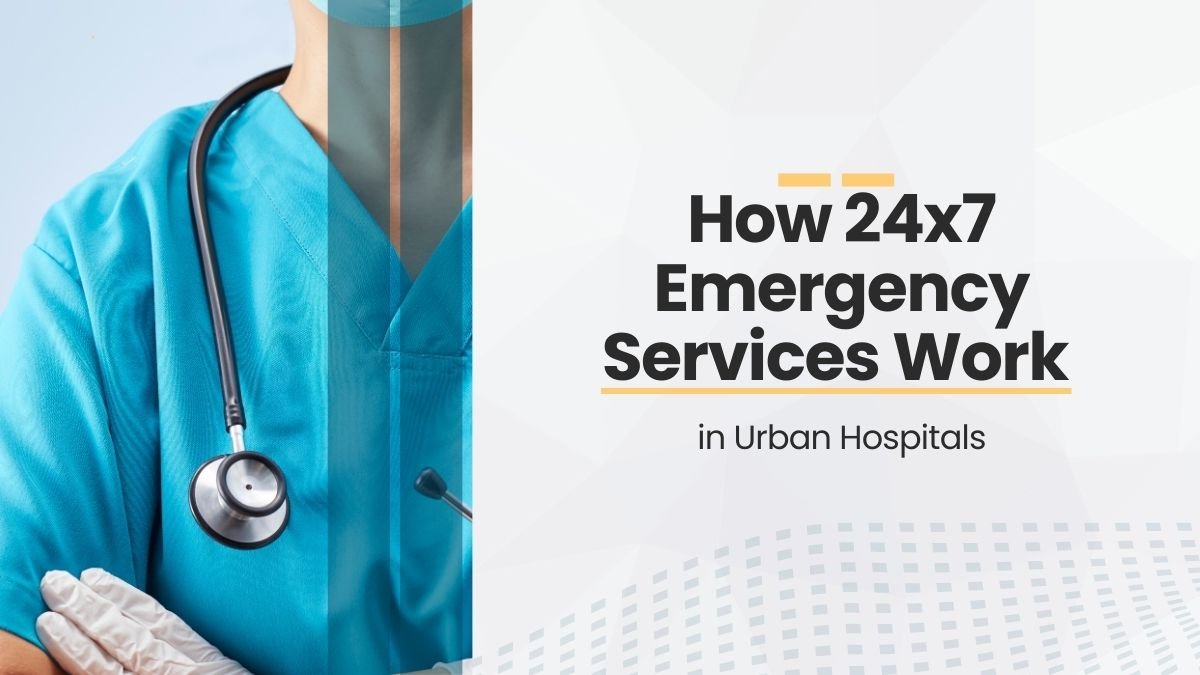When you get a huge bill in your hand after being discharged from the hospital, it often leaves you confused. Sometimes it has so many lines, medical terms and numbers that you cannot understand what all this has been charged for. If you do not read the bill carefully, you may end up paying for something that you did not even take.
That is why it is important that you understand your hospital bill by breaking it into parts and know what things to look out for. Let us understand this step by step.
1. Itemized Charges – First part of the bill
First of all, you should ask for an itemized bill from the hospital. This means that the hospital will give you a separate description of every service, test, medicine and treatment you have taken.
This usually includes:
- Doctor consultation fee – Fee for every visit or checkup.
- Room charges – Rent of the hospital room (on a daily basis).
- Medicine cost – the medicines given to you by the hospital.
- Diagnostic tests – like X-ray, MRI, blood test etc.
- Surgery or procedure charge – cost of operation theatre, surgical team and equipment.
- Nursing charges – charges for patient care and nurse services.
Point to note: An amount is written in front of every item. You have to see whether you actually took this service or not, and whether the charge is correct.
2. Insurance information – which expense was covered
If you have health insurance, the bill will also show how much expense was covered by the insurance company.
You should check:
- Whether all the eligible expenses are included in the insurance.
- Whether any charge has been put in the wrong category.
- Adjustments – Sometimes the hospital fixes the rate with the insurance company, and some amount is deducted. This is beneficial for you.
Example: Let’s say your total bill is ₹1,00,000, the insurance company covers ₹80,000, and the remaining ₹20,000 is yours to pay. But if the insurance has put an expense in “non-coverage”, then you need to understand the reason.
3. Total Amount Due – How much you have to pay
This part tells how much money you will have to pay out of your pocket after insurance and adjustments.
It may also say:
- Payment plan – Option to pay in installments if you cannot pay the full amount at once.
- Due date – Last date to pay.
- Any late payment charges or interest.
Tip: If the amount is high, try to negotiate with the hospital to pay in installments or get a discount.
4. Common Billing Terms – You must know these
Hospital bills often contain some English terms, which are important to understand:
- Co-pay – A fixed amount that you have to pay for every service, even if you have insurance.
Example: ₹500 co-pay for a doctor visit. - Deductible – The amount that you have to pay yourself, only after that the insurance starts.
Example: If your deductible is ₹5,000, then first you will pay ₹5,000, then the rest will be covered by the insurance. - Coinsurance – After the deductible, a percentage of the expense that you have to pay.
Example: 20% co-insurance means, you will pay 20% of the remaining amount, 80% insurance.
By understanding these terms, you will immediately know how much you have to spend and why.
5. Billing Errors – Catching mistakes
Errors in hospital bills are common, especially when a patient is admitted for a long period of time.
You should look for:
- Duplicate charges – charged twice for the same medicine or test.
- Unused services – charged for a service you never received.
- Wrong quantity – incorrectly written quantity of medicine or equipment.
Tip: If you spot a mistake, contact the billing department immediately and complain in writing.
6. Financial Assistance – Ways to reduce expenses
If the bill is too big and difficult to pay, don’t panic.
Most hospitals have financial aid programs, including:
- Discounts for low-income patients.
- Payment plans – the option to pay in installments.
- Charity programs – in some cases, the entire cost may be waived.
Tip: Don’t hesitate to ask about these plans.
7. Contact Information – Right to ask questions
Every hospital bill has the phone number and email of the billing department.
Keep a note of this.
- If you do not understand any charge, ask immediately.
- Keep the record of the bill and all receipts safe, so that there is proof in case of a dispute later.
Benefits of understanding the bill – why it is important
- Prevention of wrong payment – If you have been charged more by mistake, you can get it reduced.
- Saving money – Expenses can be reduced with the right calculation and financial aid.
- Peace of mind – You know where the money is going and why.
- Preparation for the future – You will be prepared in advance the next time you go to the hospital.
Conclusion – Understanding the bill means protecting your own pocket
It may seem difficult to see and understand the hospital bill, but if you break it down into parts, it becomes quite easy.
- Check every charge.
- Understand the insurance coverage.
- Catch duplicate or wrong entries.
- Use financial aid programs for help.
Remember – it is your right to understand every part of your bill and ask questions.









